DISPATCHES FROM THE DEPTHS
All the latest news and reviews from Fathom Press!
Fathom Press is excited to announce the second wave of titles in its acclaimed Savage Harvest imprint, arriving next spring.
Following the success of its debut line—which brought cult classics like Cold Front and Chainsaw Terror back to print for the first time in decades—Fathom Press continues its mission to resurrect these hard-to-find, and much-sought-after titles to terrify a new generation of readers.
Dean Koontz is probably more of a figure than an author for a lot of horror fans these days. He’s ubiquitous, his books are everywhere and a lot of readers know his name. But I don’t think he gets the readers like he used too. He’s the number two guy (in terms of sales, let's keep it classy) behind the king, you know, Stephen King. He’s the guy who’s books clog every horror section in every used bookstore I ever have gone to. And where King’s writing book is On Writing, Koontz’s is Writing Popular Fiction…
David Alexander is a pulp writer that got the message of 80s Post-Nuke Pulp. He was on board, he was champing at the bit, and he was ready to storm the front lines of pulp. The nuclear apocalypse was all over the place in the 80s. The mounting fear of the U.S.S.R. and all that. Not to mention Mad Max and all the(sometimes glorious) knock-offs that followed. Several paperback series popped up around then too. Some very good, but none can hold a candle to the outrageousness of the saga of Magnus Trench, aka Phoenix, the Schwarzenegger-ian hero of the burnt out world depicted in The Phoenix Series…
We’re wading back into dangerous waters, folks. If you were to believe trash paperback fiction in the mid-70s all the animals were out to kill us. That’s how I get all my information by the way. I’ve said it before, but in case you missed it, Jaws and Peter Benchley skyrocketed the idea and everyone wanted to cash in. Of course, sea monsters go back to the first time people saw the sea, I mean it really is full of weirdo monsters just do a Google search. Then there’s all the myths and legends throughout, wait a minute...I’m not here to give you a dissertation on sea monsters, I’ll just get to the book…
Whew. Okay, here’s one for you. What if after the first World War, stay with me, here. One little Adolf Hitler immigrated to the United States and used his meagre little talents to edge out a living as a pulp magazine illustrator and somewhere down the line an author? It certainly would be better for humanity right? Right? The American people wouldn’t fall for all of Hitler’s terrible rhetoric and ideas, right? Right? RIGHT?!
One of the brightest burning trends of 70s horror paperbacks and low-budget horror cinema was the “killer animal” subgenre. Blame Jaws, but suddenly everything on the planet was out to kill us. Crocodiles, alligators, more sharks, rats, orca whales, giant mutated crabs, grizzlies, etc. etc. But what if they were smaller? What if they were grosser and what if they sorta felt slimy? That’s when the worms attacked or the scorpions or spiders. Or the Ants. Surely the scariest of all the bugs out to get you…
Few authors affect me the way Jack Ketchum does. On the surface it's easy to see how and why. His lean and clean prose style and believable characters sink my brain into and feels REAL. With capital letters. He’s a different kind of horror writer. He leans into strong stuff. Strong emotions, strong violence and strong outcomes. He rarely tackles the supernatural, figuring I assume that there's quite enough evil lurking the hearts of men here now. And of course, he’s right…
MAGNUS TRENCH IS BACK! The Impossibly named lead character of this Post-Nuke Pulp is one of the ages, he’s built like Doc Savage, has more guns than Rambo and hair like Jay Leno. He’s the toughest, meanest and sometimes dumbest hero of the Phoenix books…
The Frankenstein Horror Series came out of Popular Library in 1972 and was done by 1973. It produced nine books from such noted authors as Weird Tales stalwart Frank Belknap Long, the co-creator of Supergirl, Otto O. Binder and Robert Trailins who’s “non-fiction” (heavy quotes) were often utilized in the syndicated 90s hit Beyond Belief: Fact or Fiction. I imagine it was a confusing paperback line since Frankenstein only appeared in one of the novels. I suppose he was supposed to be the Crypt Keeper-like host of the stories, but a grunting Frankenstien isn’t talking much and the books are all stand-alones…
Now I’ll straight up admit I’m a sucker for a nice turtleneck, sports coat and gun combo. It’s a real good look for a 70s action hero. It’s the exact outfit you want to be wearing while scouring the sewer for evildoers. Then you add the word “cannibal.” Forget about it. The 70s paperback world was pretty well rocked by Don Siegal’s Dirty Harry starring Clint Eastwood. Tough cops had alway been a genre stalwart but suddenly they could be, well, dirtier. They were meaner and shot more bad guys and mostly just acted like jerks to everyone and everything. The justice system in action, I guess. But it makes for some good slimy reading…
What’s more 80s than Stephen King? Leg warmers? No. Deloreans? No. Walkmans? No. Arnold Schwarzenegger? Yeah, probably. He’s Maximum Overdrive in a person, funny, slightly scary, slightly ridiculous and going at full-tilt. So, in the world of cinema of the 80s Arnie and Stephen were bound to meet up at some point. Luckily it wasn't The Dead Zone or Stand By Me. The muscular Arnie going out to the woods to look for a dead body could have been good. No, it was The Running Man…
Ah, yes Texas. Where everything is a little wild, a little weird and fairly dangerous. It's a place of individuals, good or bad. Who do what they want, whether that’s living a peaceful life or serving an ancient evil called the God of the Razor and slashing people to bits. That’s the kind of place where a horror novel should be set. It just makes sense...
Okay, so this is a review of what is inside of a book,right? We all know that covers captivate people so much that for a lot of collectors it’s solely what’s on the cover that matters to them and not what’s on the page. I’m somewhere in the middle, if I can get a copy of a book with a nice cover, sure, but I’m not too worried about it. Books are the written words to me. Like, people, it's what's on the inside that counts. Right. Right? RIGHT?!?!
There’s times in a reader's life that you have to pause and consider just what the hell you are reading and why. If you read 80s pulp paperback horror, this thought MIGHT pop in your head more often than say if you were reading Dostoevsky or Vonnegut. If you’re reading a William W. Johnstone horror novel the phrase “why am I reading this?” will crop up often, say every couple of pages. And since you think this you ask yourself, “why don’t I stop?” Then you just just keep reading because surely that the worst is over. The worst is never over in a William W. Johnstone novel until you are at the ads in the back for other books from the publisher. It’s a near-constant barrage of terrible things designed to...I dunno maybe scare you? At least it's designed to disgust you. But more on that in a minute...
Big ‘ol guns. Vigilante vengeance. Tough guys. Dangerous dames. Numbers on the covers? It’s the world of Men’s Adventure paperback fiction. The whole mess was started by Don Pendleton back with The Executioner #1: War Against the Mafia in 1969. After that the floodgates opened and every publisher had to have at least one man-o-action in their mitts and on the spinner racks. They morphed from sleazy, violent action crime tales in the 70s to fairly hoorah, go-America action stories in the 80s before fizzling into techno-thrillers in the 90s…
When summer strikes, I, like a lot of people, begin to think of the water. It's hot and dry outside and cool and wet in there. Yadda, yadda, you get it but there's no sharks named Bruce in the hot and dry, so points for. Obviously Jaws started with a book by Peter Benchley who had a great idea to make people more afraid of sharks. Then Spielberg took the ball and then the movie made even more people afraid of sharks. The movie was the first summer blockbuster and summer blockbusters always seem to have to get a sequel or two. Two sequels later, Bruce the Shark had been back to Amity and over to Sea World and now it was time to take his revenge…
It happens every now and then, I discover some minor publisher through one randomly purchased paperback and find myself falling down a deep, dark rabbit hole. When I emerge I find my wallet lighter and my shelves heavier. It's enviable, like seeing the name Dean Koontz at a used book store or, I dunno, dying I suppose…
What if the movies The Crazies and Earthquake had a paperback baby? Well, that little kid would be The Deadly Spring by J.C. Conaway. Disaster movies were the superhero movies of their day, terrifying the populace with tales of crashing airplanes, upturned cruise ships and infernos in high rises. It also dovetails nicely into government conspiracy and cover-ups. But more on that later…
Hungry? I got a little history nugget for you. Somewhere back in the 16th Century there was a dude named Sawney Bean who had a bunch of pals, let’s call ‘em a clan who had some peculiar dining habits. See, they were cannibals. The story goes that they supposedly killed AND ate over 1000 people. Seems a bit like gluttony to me. Eventually they ate enough people for King Henry VI to notice and he ruined their dinner plans…
There’s something about Shaun Hutson’s writing that congers up images of low-budget-direct-to-video-80s-horror flicks. Those slightly dangerous movies that seem to come from a creator lacking in sanity or maybe simply just trying to push things as far as they can. Pushing things maybe just a bit too far. These outliers are where the real terror might be, nothing has been sanitized for mass consumption. “Visceral” might be the word for it…
The civilization was over in the 80s. What was left was a wasteland of killers, cool vehicles, mutants, big ‘ol guns, and tough heroes. I mean that’s how I remember it. The Post-Nuke Pulp movement introduced a ton of new paper heroes and series, obviously the whole thing was a reaction basically just to the Mad Max movies. They had titles like Swampmaster, Storm Rider, Road Blaster, The Survivalist, Warlord etc. etc. There’s a lot more and some of them like Deathlands well into the 2000s which is pretty impressive. I guess it was the allure of a new west where the thrilling tales of a lawless land and the lone man who tries to tame it must hit somewhere deep in our unconscious. Or people like to read about mutants getting killed…
It all started for the Amityville series in 1974 when Ronny DeFeo Jr. killed six members of his family in their house. Luckily he went to prison for his crimes and ended up dying in jail. It’s an incredibly tragic event that somehow kicked off one of the most famous horror franchises. A jam-packed series of books and films, some of them fiction, some of them claiming to be “true stories.”
In the pantheon (did I just say “pantheon” in an article about Guy N. Smith? Jeez) of British paperback horror writers, Guy N. Smith is one of the top names. His books are slices of 70s/80s pure ridiculousness, with covers featuring deformed ghouls, slime monsters, and killer crabs with knives. To a lot of British horror fans of a certain age I think he was a foundational element in the horror fandom with his thin, sex and gore filled paperbacks that were probably passed around between friends and read without your parents knowing. I wish the fourteen-year-old me had been able to read them. They are just slightly naughty solid horror gold…
Could you as a consumer resist a vampire woman, a beautiful vampire woman from another planet in a skimpy one-piece if you saw it on the cover of a slim paperback on a spinner rack? No. Who could? It’s the 70s and horrors gone groovy and there’s a little love behind it. Some of the people creating this stuff grew up with it and are fans. In comics, stuff has loosened, loopholes formed and things can be gorier again. Stuff can harken back to the EC Comics of the 50s or go in new and different directions. Like Vampirella…
There’s niche markets and then there’s niche markets. Somewhere along the way, and I’m sure much to his surprise, a man named Edward D. Wood Jr. became sort of famous. “Sort of famous” is the best kind of fame you can ask for, and it’s probably even better after you’re dead. He of course was a film director in 1950s Hollywood who made “bad” movies, wore women’s clothing and eventually had a biopic about him made by Disney. Ed Wood had a wonderful imagination, but I bet he never would have thought that one up…
I didn’t know exactly what a “majorette” was before I cracked open this book. I’m fairly sure in my high school experience the majorette was replaced with people who waved flags around. I don’t think there’s any flag-wavers getting slashed book, either. I wouldn’t know, I skipped most football games for pizza and the hundredth rewatch of Evil Dead II or a nasty slice of paperback horror. Much like The Majorettes by John A. Russo…
There’s an interesting bit of time when we, as a nation, really embraced a child murderer as our new pop-culture hero. That time was the 80s (and into the 90s) and that hero was Freddy Krueger. Maybe he was a hero we deserved at the time, maybe we still don’t deserve a hero like the burned child murderer Fred Krueger….
Launching this spring with Return of the Living Dead, the 1978 sequel novel to George Romero’s legendary Night of the Living Dead, SAVAGE HARVEST will reissue out-of-print genre treasures from the 70s and 80s to horrify a new generation of readers!
Do you like goo? Do you like ooze? Do you like jelly? Do you like gloop, glop and guck? Yes? Of course you do. The slimy stuff has long been a staple of horror, adding a little flavor with the “gross-out” scare. It mixes well with the blood and kills I suppose. So, we have determined that you the reader enjoy the gooey parts of horror. What about jellyfish? They are simple creatures, even lacking a brain. Surely, they couldn’t possibly be dangerous, could they? Well, just picture yourself back in the 80s in a time where (at least in a horror novel) that every living thing was out to get us humans. It was just a fact…

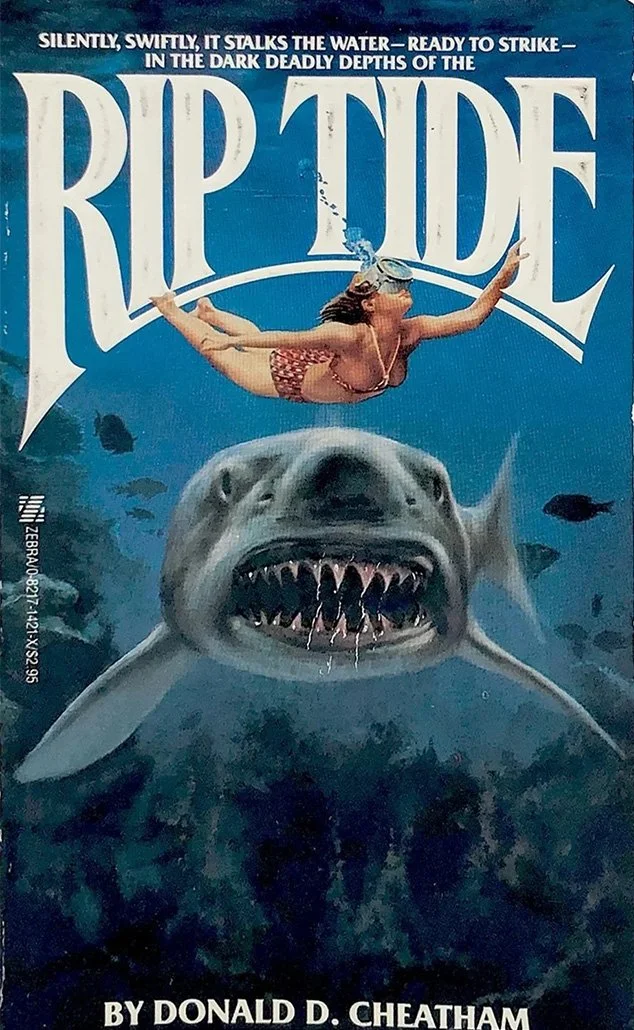











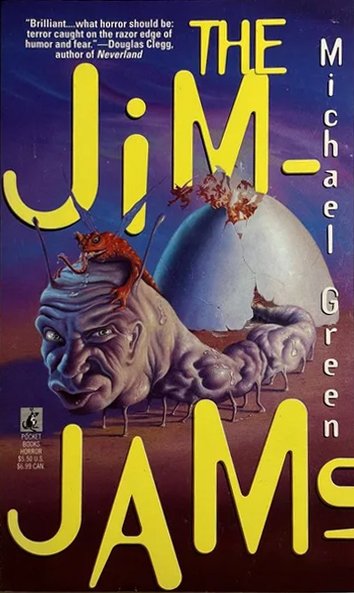




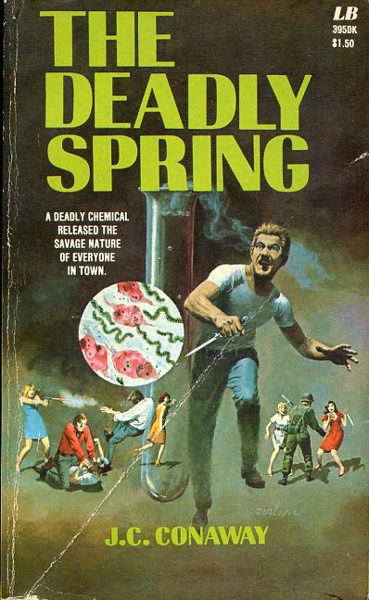

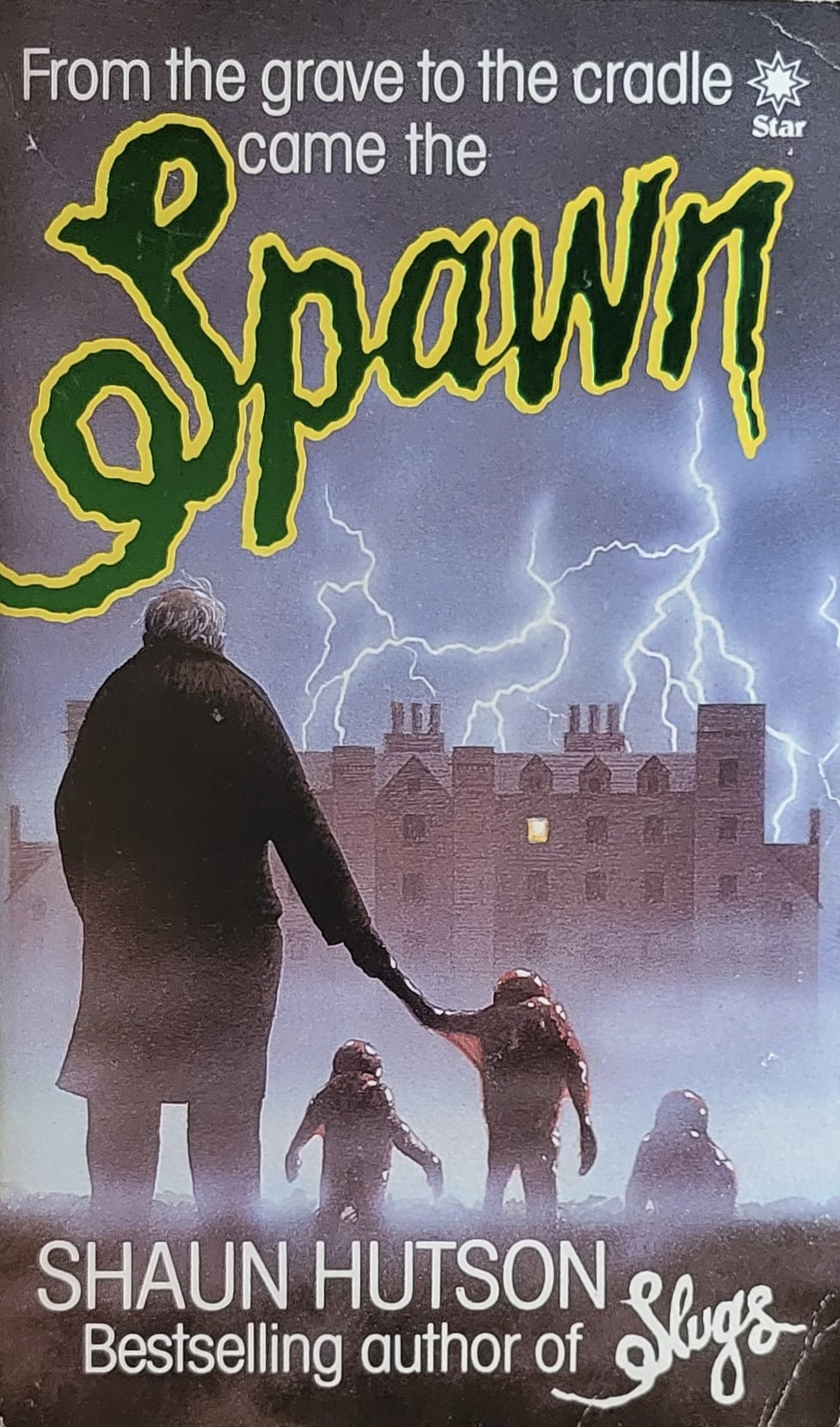




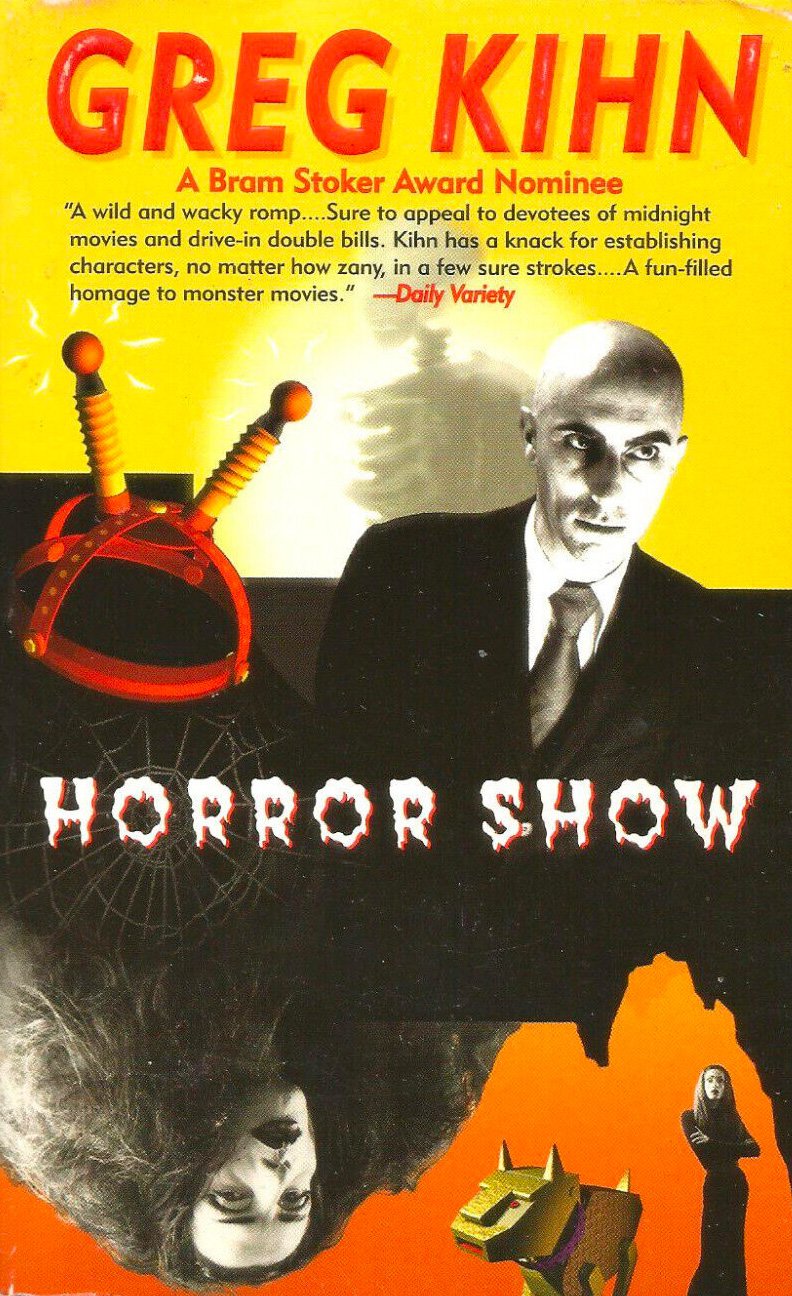




Vampires have long been the bane of the Mafia. They are always putting their bat-beaks into the New York mafia’s nefarious deals. They take to the night and reign grenades and bullets upon the mobsters. It’s just regular day-to-day stuff. Right? No. Oh, okay. Guess it's just my day-to-day life.